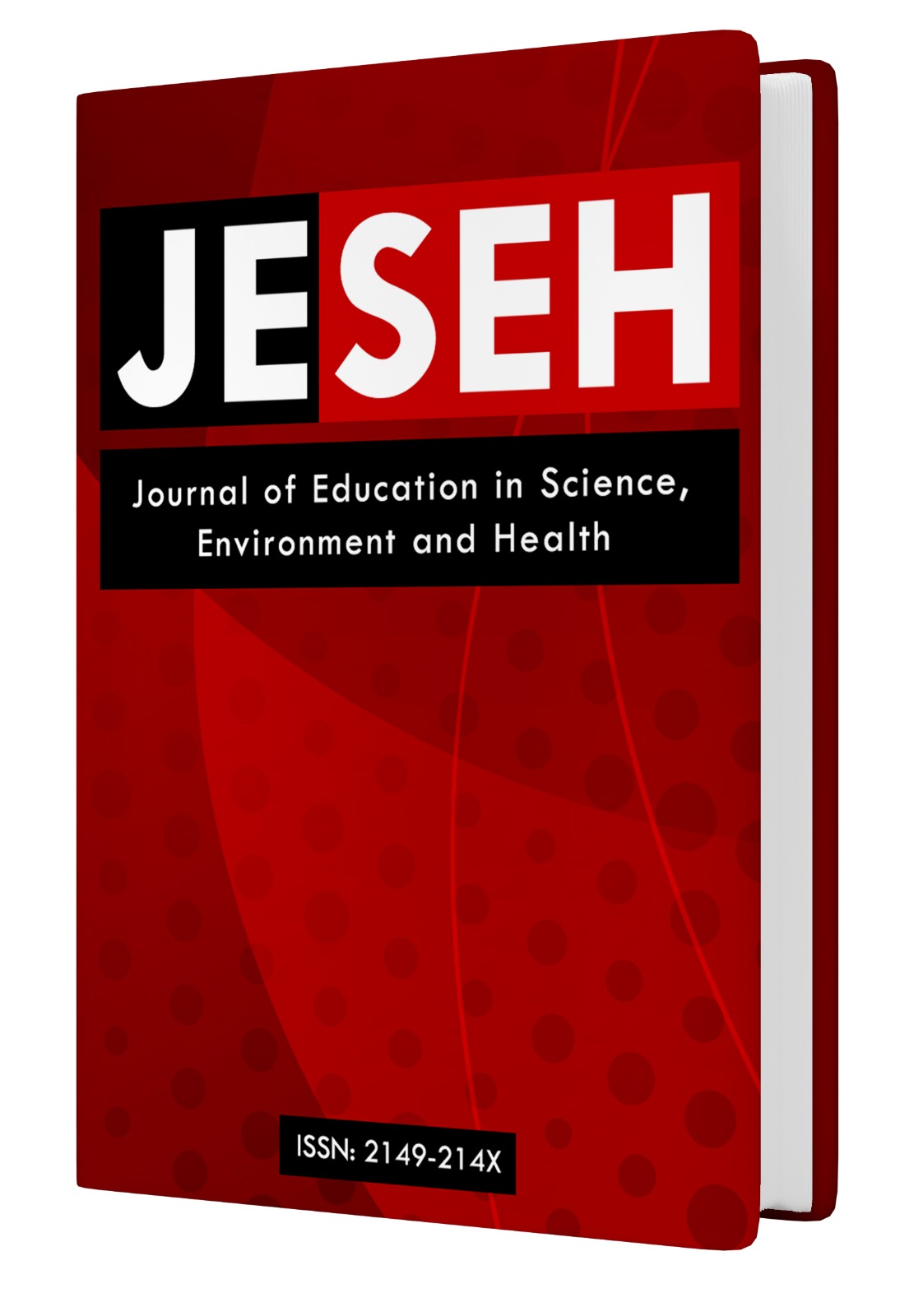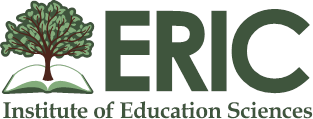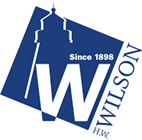Applying an Ecology Metaphor in a Mixed Methods Analysis of High School Science Program Infrastructure
Abstract
A sequential exploratory mixed methods approach guided research on the science program infrastructures (SPI) of a sample of 28 high schools representing 1,370 high schools in a large southwestern state. Comparisons of SPI were made between and among schools representing highly successful schools of low (n=9) and high diversity (n=10) with less successful, high-diversity high schools (n=9). Content analyses of interview data from science program teacher liaisons revealed the following characteristics for typical high school SPIs: (a) shared leadership within a diverse community of actors, including teachers, school principals, special education teachers, department heads, content-area leaders, curriculum directors, and district representatives; (b) supports for shared, balanced decision making, including frequent meetings, established communication channels, and explicit department head responsibilities; and (c) actions extending beyond general tasks of disseminating information to include resolution of issues regarding state-mandated test scores, curriculum-related tasks, and choice of professional development topics. We include a discussion of the implications for including SPI as an important mediating layer within the ecology of high schools. The science program layer links administration with classrooms by employing efficient, equitable, and effective practices to advance the goals of science achievement and college readiness established at national and state levels for all high school graduates.References
Erdogan, N., & Stuessy, C. L. (2022). Applying an ecology metaphor in a mixed methods analysis of high school science program infrastructure. Journal of Education in Science, Environment and Health (JESEH), 8(1), 86 - 97. https://doi.org/10.21891/jeseh.1029468
Downloads
Published
2022-02-03
Issue
Section
Articles
License
The articles may be used for research, teaching, and private study purposes. Any substantial or systematic reproduction, redistribution, reselling, loan, sub-licensing, systematic supply, or distribution in any form to anyone is expressly forbidden. Authors alone are responsible for the contents of their articles. The journal owns the copyright of the articles. The publisher shall not be liable for any loss, actions, claims, proceedings, demand, or costs or damages whatsoever or howsoever caused arising directly or indirectly in connection with or arising out of the use of the research material. All authors are requested to disclose any actual or potential conflict of interest including any financial, personal or other relationships with other people or organizations regarding the submitted work.How to Cite
Applying an Ecology Metaphor in a Mixed Methods Analysis of High School Science Program Infrastructure. (2022). Journal of Education in Science, Environment and Health, 8(1), 86-97. https://jeseh.net/index.php/jeseh/article/view/517







